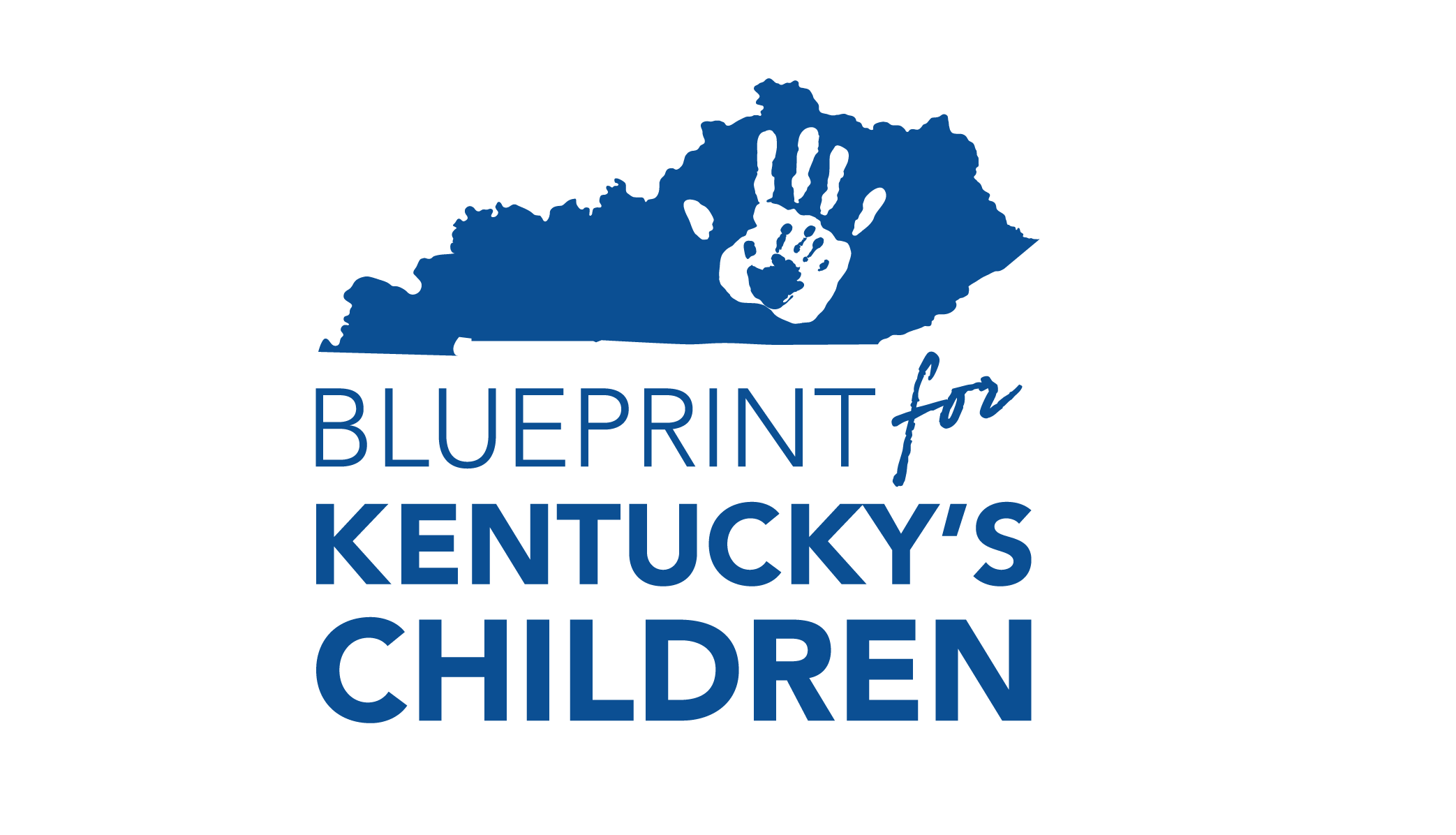Contact:
Andrea Bennett
abennett@kyyouth.org
502-381-1176
Jeffersontown, KY – Every child needs a family and a safe place to call home. On any given night, nearly 1,300 out of the 7,211 Kentucky children and youth in foster care are going to bed without the care and comfort of a family. The latest KIDS COUNT® policy report, Every Kid Needs a Family: Giving Children in the Child Welfare System the Best Chance for Success, co-released by the Annie E. Casey Foundation and Kentucky Youth Advocates, highlights the importance of keeping families together and placing children who cannot safely stay with their parents in family placements, such as kinship and foster families.
Every Kid Needs a Family emphasizes that kids do best when they grow up in a family, preferably their own. It shows how communities can widen the array of services available to help strengthen families and support them in times of crisis. This helps children have a better chance of staying with or reuniting with their birth families and retaining bonds important to their development.
The report also highlights the over-reliance on group placements such group homes or treatment facilities for children in the child welfare system. Nationally, 40 percent of children and youth living in group placements have no clinical need to be in such restrictive settings. Although group placement provides a vital option for the small percentage of young people who cannot safely live in any family setting during treatment, group placement programs should help young people return to families more quickly and prepare them to thrive there.
“We need a vibrant continuum of care for kids who have experienced abuse or neglect – from working to keep families together through parent support services such as home visiting programs; empowering kinship families to step up; foster family placement; and temporarily serving those with intense treatment needs in residential care if needed,” said Dr. Terry Brooks, executive director at Kentucky Youth Advocates. “We need to start at one end of the spectrum and do everything we can to keep families safely together first, before looking at other options.”
Kentucky has taken several steps over the past year to ensure kids are placed in the most appropriate setting to meet their needs. Several children living in institutional placements without a clinical need to be there have been moved to homes with families – whether through reunification with parents, or placement with relatives or in foster homes. In addition, Kentucky was granted a Title IV-E waiver, which will allow state flexibility to use federal funds on preventive measures that will help children stay safely with their own family. Previously, these funds could only be used to reimburse the costs of removing children from their homes. Despite progress made in Kentucky, work remains to ensure children are in the best possible placements. Kentucky has a lower rate than the nation of placing children in family type placements such as foster families or kinship caregivers (81 percent vs. 84 percent). In addition, 30 states and D.C. are doing a better job of using family-type placements than Kentucky.
Policy and practice changes can safely increase family placement in four ways:
- Increase service options. Communities that provide a wide range of services have more options that enable children to remain safely in families. For example, state and local child welfare and Medicaid agencies should work together to ensure adequate support by the behavioral health system for services that can be conveniently provided in a home setting. Kentucky has recently taken steps to do this through the state’s managed care organizations.
- Strengthen pool of families. Public and private agencies should do more to find families for children and to make sure those families have the support they need to help children thrive. Washington, D.C.’s Child and Family Services Agency, for example, has created a rapid-response program for locating and licensing kin that finds relatives for children in need day or night.
- Keep residential treatment short, with family in focus. When a child’s needs require residential treatment, it should be used in a short-term way that equips young people to live in a family and to maintain family connections throughout treatment. In New York, Children’s Village – one of the country’s first residential treatment centers for children – has greatly expanded its community services and network of foster families in recent years, including foster families prepared to take on the older teens receiving treatment in the facility’s residential cottages.
- Ensure necessity of group placement situations. An extensive assessment process should be documented by child welfare systems and by the courts to find the most appropriate placement. In Connecticut and Philadelphia, for example, the top child welfare executive must approve all group placements. Kentucky plans to launch a new assessment process to ensure all kids receive the services and treatment needed when they enter the state’s care.
“While we know every situation is unique, we know kids do best in families. We need to build on the positive work in Kentucky to support birth parents, empower kinship and foster families, and only use group placements when necessary to ensure all children have the best possible chance of experiencing a safe and loving family to help them thrive. Family is the best medicine,” added Brooks.
Every Kid Needs a Family is available at www.aecf.org. Additional information is available in the KIDS COUNT Data Center, which also contains the most recent national, state and local data on hundreds of indicators of child well-being.

